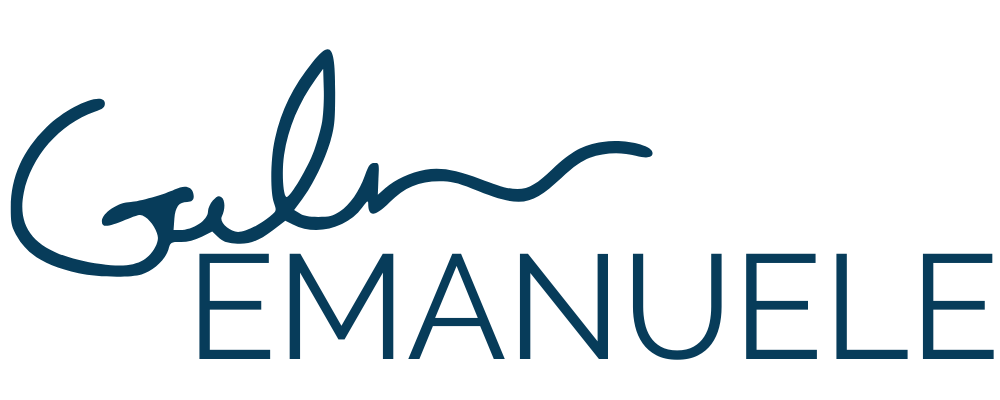How to Help Employees Embrace Change
Welcome to the #culturedrop. Every Tuesday, Galen Emanuele emails tools to advance leadership skills, team culture, and personal growth. No spam, just great content. Sign up now to get it in your inbox.
Building teams to be more receptive to changes, and addressing the dynamic between new and existing employees around change.
In some companies, a dynamic exists where newer folks see ways to change systems and processes that they see as ineffective, while people who have been there longer can be more resistant to newness.
New people to an organization can often see processes they want to improve or change, and sometimes folks who have been at the company for a while seem allergic to change.
This can create a sense of having two camps, or creating an “us vs them” dynamic inside companies between newer and more tenured employees. When this happens it can lead to stereotypes that new people are “naive”, “impulsive”, and “don’t really know what they’re talking about,” and the more tenured employees are “resistant” and “stuck in their ways”.
The longer you work somewhere, typically the more entrenched you become in the systems you use to do your job.
It makes sense that people who have been there longer would be more hesitant to change — “That’s the way we’ve always done things,” is a hallmark catchphrase for many companies and individuals when they’re reluctant to new ideas.
The reality is that while those systems in place might’ve worked for some time, there’s also benefit to seeking out innovation. Change is growth, and if your team/company/organization is reluctant to change, then ultimately the business and it’s success will suffer.
Here are some ways organizations can combat the tension in this dynamic that exists in order to make change easier for all parties:
1. Have conversations and training about change
Acknowledge and have conversations about the tension between newer employees that generally want and are more open to change and employees that have been there longer and may not be as receptive to it.
Provide resources and training to increase your teams change agility and openness to change, There are plenty of books, training and opportunities to educate and add skills to people’s tool belts.
“There are plenty of books, training and opportunities to educate and add skills to people’s tool belts.”
Have some intentional company culture around your relationship with change and what kind of mindsets and behaviors are expected and acceptable. Teach people coming into the organization about how changes are to be suggested, and what the team’s existing relationship with change looks like. Let folks know how they can suggest something that needs improvement — who to talk to, what the process is, etc.
It’s also important for you to have the similar conversation with folks who are more tenured and have been at the organization for some time. Acknowledge and build skills that support the reality that you have to change, and cannot survive in business if you never change and improve at all.
Have conversations and training around change agility to solidify it as an ethos and a mindset in your organization.
2. Create opportunities for new ideas to be heard
What I mean by this is that companies should create formal listening sessions/meetings a couple/few times a year where employees can bring anything to the table that they see as a beneficial change to be made.
“Give people guidelines to pitch their ideas to a panel or committee, or send out a survey so you can get their input on how to innovate, improve, and grow.”
No matter the job level, function, location, etc., people doing the actual jobs are the best employees to get feedback from in terms of day-to-day processes because they’re on the ground seeing these things as they happen. Give folks a chance to share:
What’s inefficient? How could it be improved? What would the benefits be?
Give people guidelines to pitch their ideas to a panel or committee, or send out a survey so you can get their input on how to innovate, improve, and grow. Make it fun and lighthearted, give prizes for best ideas, get people excited and wanting to be creative about it.
3. Bring your team into the conversation
“Having authentic, real conversations about issues like this is a great way to build more trust and rapport and relationships inside a company between leaders and employees,”
Go to your employees and ask their take on how new processes can be implemented, or if they have ideas on how to handle a certain issue — for example the tension between newer and existing employees when it comes to mindsets and behaviors around change,
What is a good process to foster new ideas?
How can we be more receptive to change?
It helps to get people on board and to feel like their voice is heard in the decision making process, plus if they are part of the issue have them help to find solutions. Having authentic, real conversations about issues like this is a great way to build more trust and rapport and relationships inside a company between leaders and employees,
Some final notes from me:
Ditch the stereotypes about new & old employees. Change is growth, and we have to have that mindset across the board. Create processes that foster the energy of new employees that seek innovation while honoring the knowledge of people who have been at the company for a while.
Get the most out of both perspectives so you can thrive and be successful as an organization.
Related Blogs:
Tips for a More Innovative Mindset
Want more?
This article was created by Galen Emanuele for the #culturedrop. Free leadership and team culture content in less than 5 minutes a week. Check out the rest of this month's content and subscribe to the Culture Drop at https://bit.ly/culturedrop








